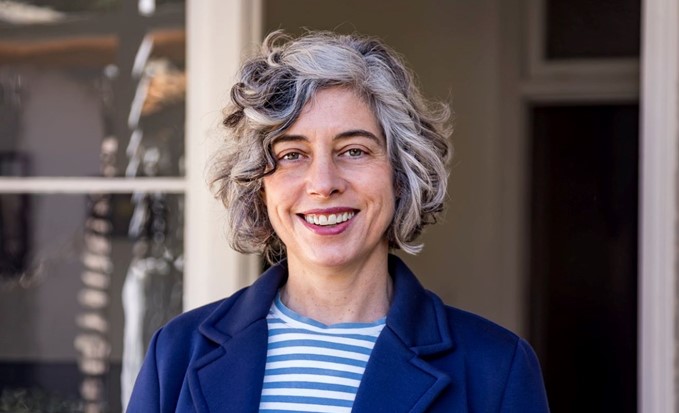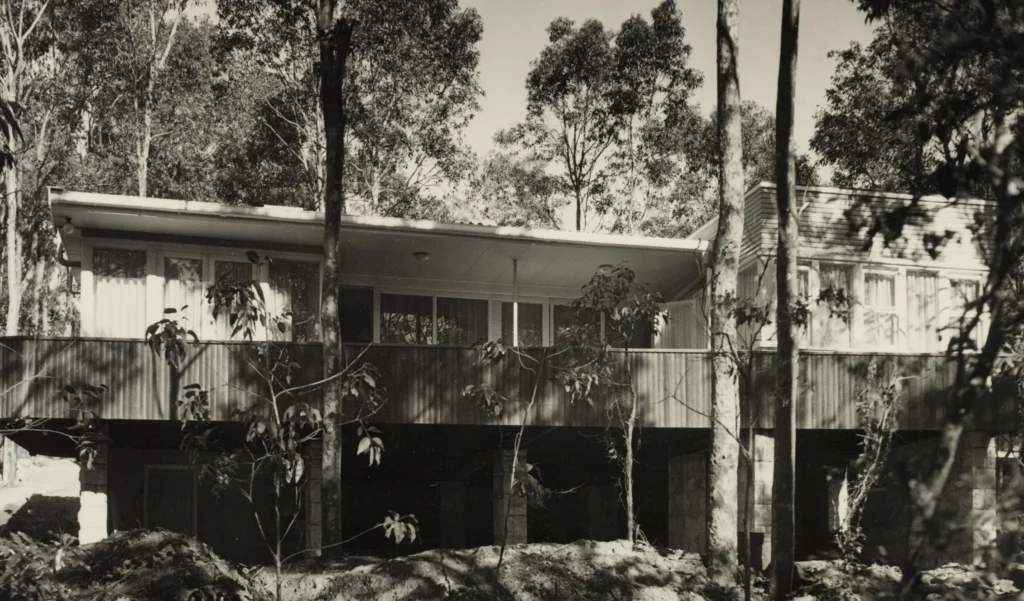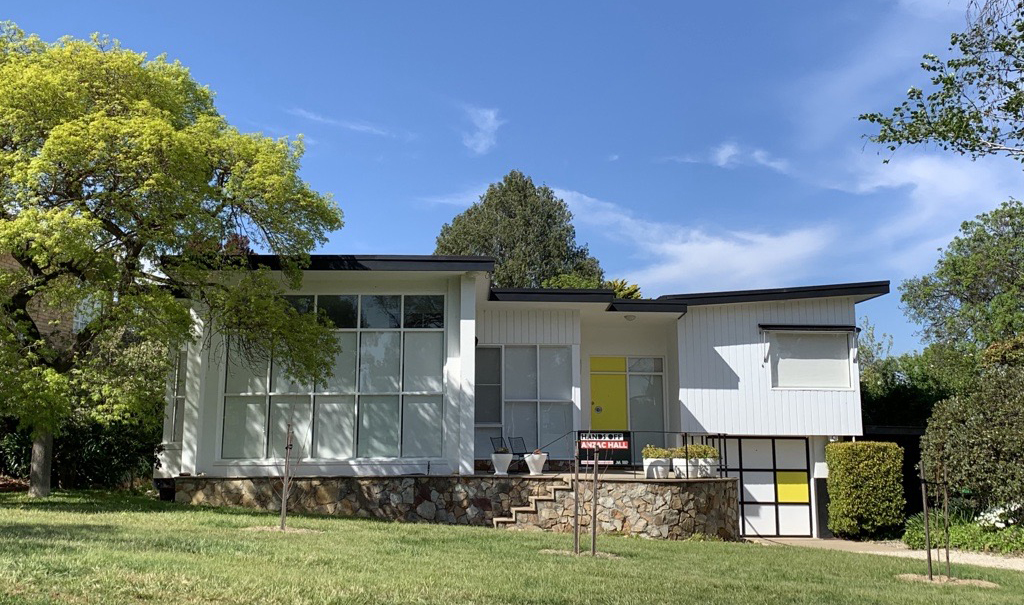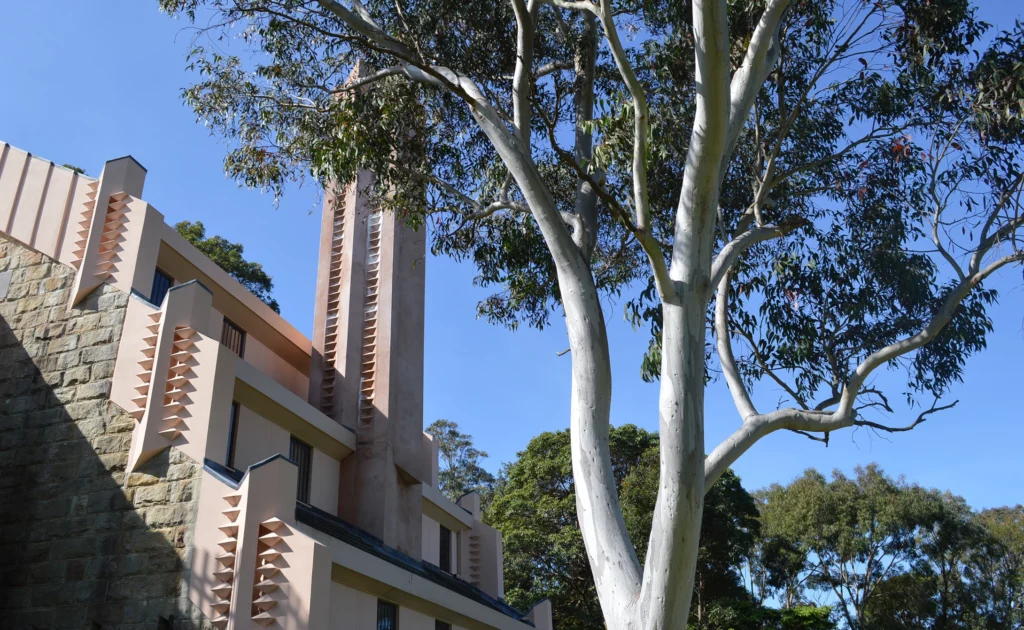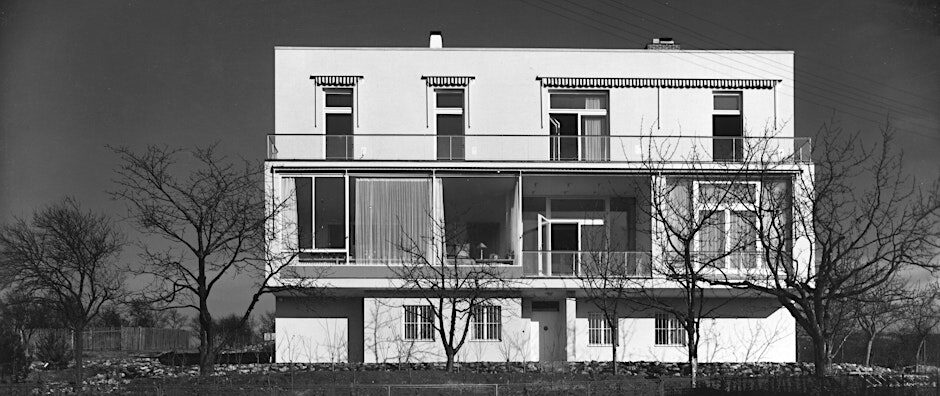
Uncovering Australia’s émigré architects
Image: Villa Loew-Beer, Brno, by Rudolf Baumfeld & Norbert Schlesinger / RIBA Collections
A conference in London shines a light on Australia’s important architectural connections with Europe.
In June, GML’s Head of Heritage Places, Rebecca Hawcroft, will travel to London to present at the Royal Institute of British Architects (RIBA) conference ‘Displaced Lives – Architects seeking refuge on the brink of the Second World War’.
The conference is inspired by the RIBA Refugee Committee papers. In January 1939, the RIBA’s librarian was so concerned with the increasing number of requests for assistance from architects in Nazi-occupied central Europe that he established a committee to process the requests. Between 1938 and 1941, more than 200 individuals (mostly architects) from Germany, the former Czechoslovakia, Austria and Hungary were assisted by the Committee, either directly or via other refugee organisations.
Rebecca has worked with RIBA Curator Valeria Carullo to trace the story of the lives of the six architects who came to Australia, making previously unknown links between records spread across the globe. The most well-known Australians assisted by the Committee were Hugh and Eva Buhrich.
Graduates of architecture schools in Germany, the Buhrichs arrived in London in 1939 as refugees. The committee papers show a number of Australian connections swung into action to assist, including The University of Sydney’s Alfred Hook. When the Buhrichs arrived in Sydney Hook drove them to Canberra where he had arranged jobs for the Buhrichs with the prominent modernist architects Moir and Sutherland.
Eva Buhrich almost immediately began design writing in what would become a prominent career in journalism; writing her own column for the Sydney Morning Herald from 1957 to 1968. Hugh maintained a small but distinctive architectural practice. His own house, at 375 Edinburgh Road Castlecrag (1968-72), is now regarded as one of the best examples of modern architecture in Australia.
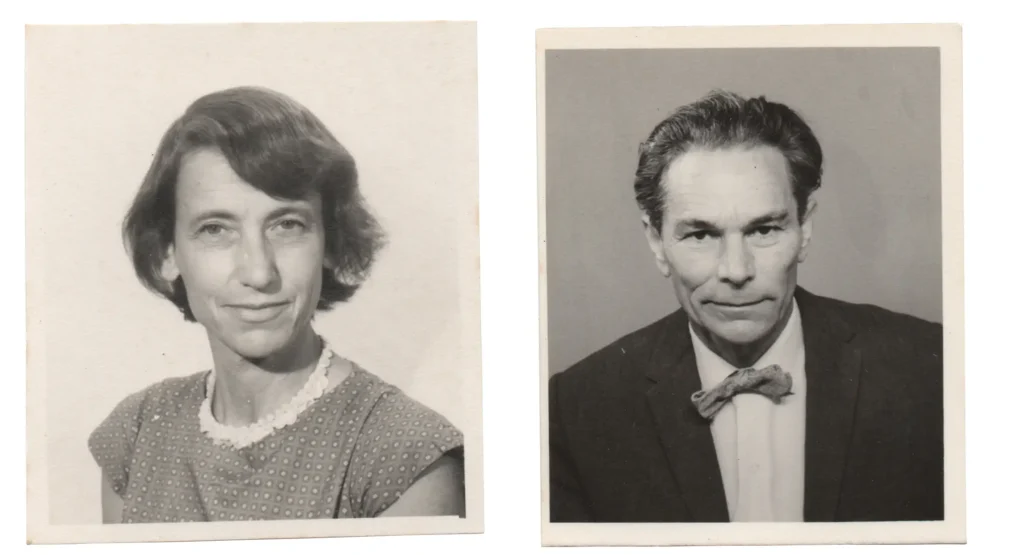
Eva and Neil Buhrich, c.1950, photographer unknown, Buhrich family album, Collection Neil Buhrich.
Rebecca is looking forward to exploring the RIBA archive and learning more about Australia’s important architectural connections with Europe and our rich migration histories.
GML is currently undertaking a number of projects aimed at identifying and protecting some of Australia’s significant modern architecture, including a thematic study of modernist housing in Canberra, and heritage studies of modern architecture across Sydney’s northern beaches and eastern suburbs.
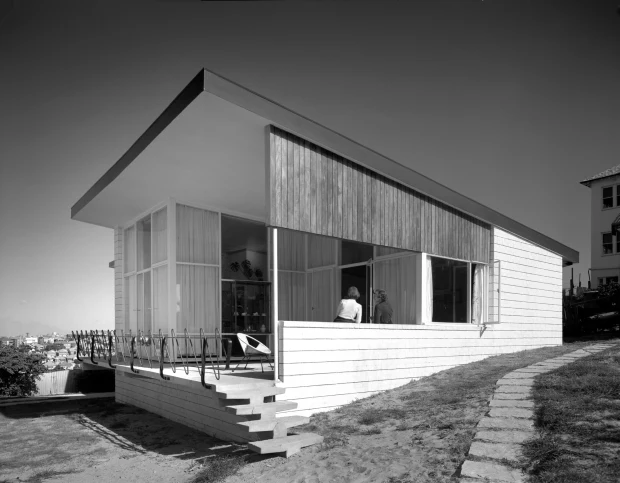
Franklin House, Waverley, Max Dupain, 1964. Max Dupain and Associates Archive: 7742-2, State Library of NSW. Courtesy Neil Buhrich.
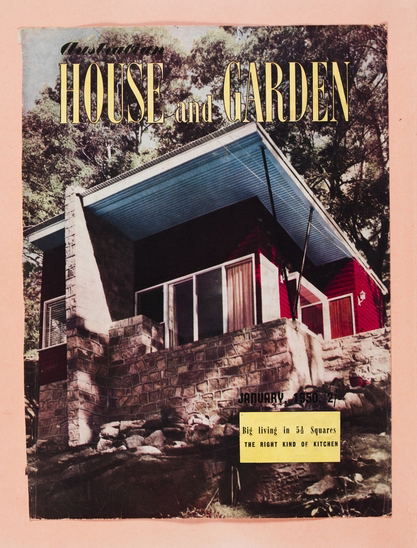
House and Garden cover. From Hugh Buhrich scrap album and mounted architectural presentation drawings with photographs, 1941-1959. State Library of NSW.
